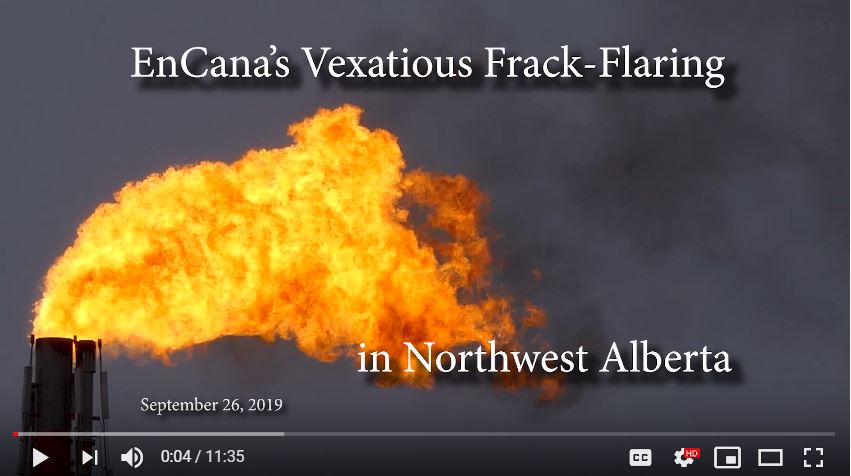Respiratory health, pulmonary function and local engagement in urban communities near oil development by Jill E. Johnston, Temuulen Enebish, Sandrah P.Eckel, Sandy Navarro, and Bhavna Shamasunder, June 2021, Environmental Research, Volume 197, 111088
https://doi.org/10.1016/j.envres.2021.111088
Highlights
•Urban oil and gas development occurs in close proximity to homes in Los Angeles.
•Residents living near an active oil well reported more wheezing symptoms.
•Living near oil develop was associated with lower lung function.
•Oil development activities may contribute to respiratory health problems. ![]() Think of the cumulative public health harms by adding hydraulic fracturing to the oil mix.
Think of the cumulative public health harms by adding hydraulic fracturing to the oil mix.![]()
Abstract
Background
Modern oil development frequently occurs in close proximity to human populations. Los Angeles, California is home to the largest urban oil field in the country with thousands of active oil and gas wells in very close proximity to homes, schools and parks, yet few studies have investigated potential health impacts. The neighborhoods along the Las Cienagas oil fields are situated in South LA, densely populated by predominantly low-income Black and Latinx families, many of whom are primarily Spanish-speakers.
Methods
A cross-sectional community-based study was conducted between January 2017 and August 2019 among residents living <1000 m from two oil wells (one active, one idle) in the Las Cienagas oil field. We collected self-reported acute health symptoms and measured FEV1 (forced expiratory volume in the first second of exhalation) and FVC (forced vital capacity). We related lung function measures to distance and direction from an oil and gas development site using generalized linear models adjusted for covariates.
Results
A total of 961 residents from two neighborhoods participated, the majority of whom identify as Latinx. Participants near active oil development reported significantly higher prevalence of wheezing, eye and nose irritation, sore throat and dizziness in the past 2 weeks. Among 747 valid spirometry tests, we observe that living near (less than 200 m) of oil operations was associated with, on average, −112 mL lower FEV1 (95% CI: −213, −10) and −128 mL lower FVC (95% CI: −252, −5) compared to residents living more than 200 m from the sites after adjustments for covariates, including age, sex, height, proximity to freeway, asthma status and smoking status. When accounting for predominant wind direction and proximity, we observe that residents living downwind and less than 200 m from oil operations have, on average, −414 mL lower FEV1 (95% CI: −636, −191) and −400 mL lower FVC (95% CI: −652, −147) compared to residents living upwind and more than 200 m from the wells.
Conclusions
Living nearby and downwind of urban oil and gas development sites is associated with lower lung function among residents, which may contribute to environmental health disparities.

Refer also to:
Study: Increased cancer risk for oil patch workers and neighbours
And then, there’s Brute Polluter Illegal Aquifer Frac’er Encana/Ovintiv:


